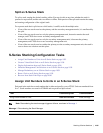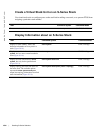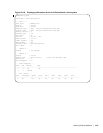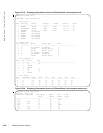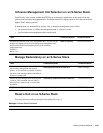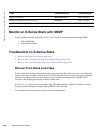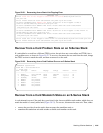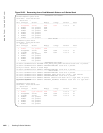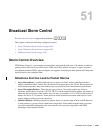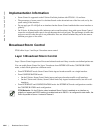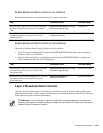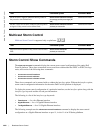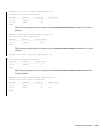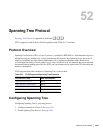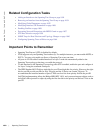
Broadcast Storm Control | 1043
51
Broadcast Storm Control
Broadcast Storm Control is supported on platforms: c e s
This chapter contains the following configuration topics:
• Layer 3 Broadcast Storm Control on page 1044
• Layer 2 Broadcast Storm Control on page 1045
• Multicast Storm Control on page 1046
Storm Control Overview
FTOS Storm Control is a preventative measure against unexpectedly high rates of broadcast or multicast
packets; these traffic bursts are called storms. If the rate of these packets on ingress or egress exceeds a
user-defined threshold, FTOS, when configured, can suppress forwarding for these packets until the packet
rate falls back to the configured limit.
Situations that Can Lead to Packet Storms
• Layer 2 Broadcasts—A switch might not have an entry in its MAC address table that matches a
packet’s destination MAC. In this case, the switch floods the packet on the VLAN. These packets are
called unknown-packets; they cause unnecessary extra traffic and can reduce network performance.
• Layer 3 Broadcast Packets—There are two types of Layer 3 broadcast packets: the all-hosts
broadcast, the IP address of which is 255.255.255.255, and the subnet broadcast address, the address of
which has the host portion of the address set to all ones; for example, 10.11.1.255/24 is the broadcast
address for the 10.11.1.0 network. Some protocols utilize broadcasts more than others and so storm
control might be useful to prevent congestion.
• Multicast Packets—Multicast packets are packets that use a special range of MAC and IP addresses
to send packets to a group of hosts, rather than a single host. Some multicast applications can cause
excessive bandwidth consumption, and storm control can be used (in conjunction with IGMP
Snooping) to limit multicast traffic.



